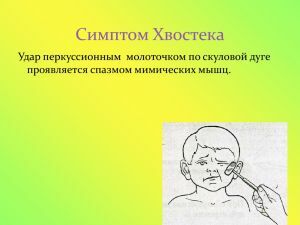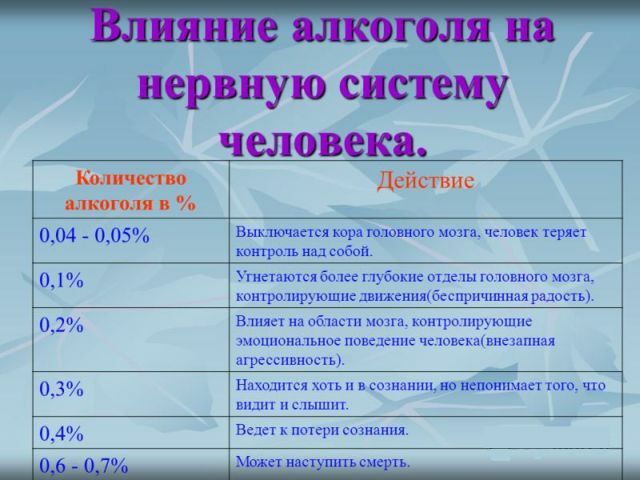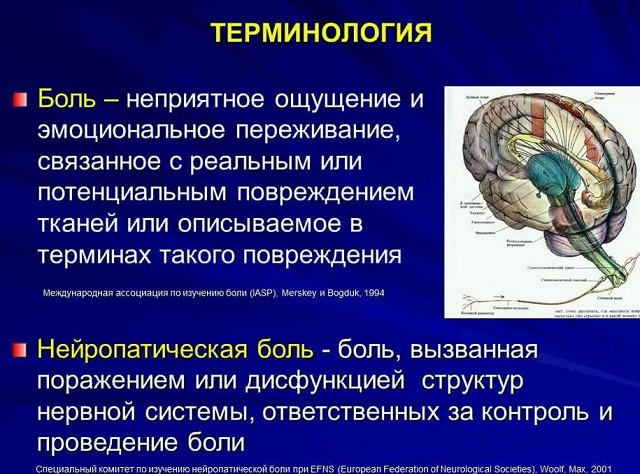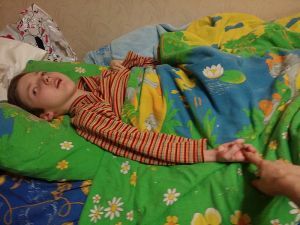 Akinetic-rigid syndrome is a disease that belongs to the number of such disorders, which, with prolonged and active development and flow, cause loss of motor functions of the human body.
Akinetic-rigid syndrome is a disease that belongs to the number of such disorders, which, with prolonged and active development and flow, cause loss of motor functions of the human body.
Akinetic-rigid syndrome is manifested by a huge number of unpleasant symptoms that cause discomfort in a person's life. With time, they can progress, which as a result becomes the cause of the development of Parkinson's disease.
In order to rule out the possibility of an erroneous diagnosis, specialists should carefully study the manifestations of the disease, conduct laboratory and medical tests and studies. Only on their basis will be diagnosed correctly and effective treatment is prescribed.
Factors provoking the development of the
syndrome It is known that the akinetic-rigid syndrome can manifest itself as a result of the negative impact of factors from the external environment.
The greatest danger is presented by the following:
- presence of paralysis with trembling of the upper and lower extremities;

- negative complications after encephalitis;
- diagnosis of atherosclerosis of the human cerebral vascular system;
- consequences of transferred poisonings( eg, chemicals or pharmaceuticals);
- diagnosis of hepato-cerebral dystrophy;
- previously received craniocereberal trauma;
- degeneration of the strio-nigral character of the current;
- hydrocephalus according to normotensive type of percolation;
- the course of calcification of ganglia( basal only);
- memory types of diseases;
- degeneration in cortico-basal type;
- diagnosis of rare varieties of multiple sclerosis;
- Parkinson's disease present in the genus;
- HIV infection;
- detection of neurosyphilis.
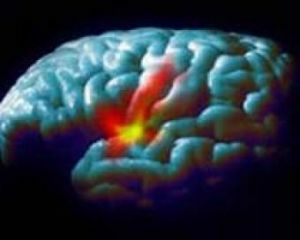 This type of disease is closely related to the disruption of the functioning of the extra pyramidal system, that is, certain parts of the brain, which in turn are responsible for performing any kinds of motor actions.
This type of disease is closely related to the disruption of the functioning of the extra pyramidal system, that is, certain parts of the brain, which in turn are responsible for performing any kinds of motor actions.
This syndrome is also known as the "nigral syndrome", because the lesion occurs in the basal nuclei and the black substance of the human brain.
Of great importance is the genetic predisposition. It is for this reason that experts recommend that patients at risk should carefully monitor their health and promptly undergo all necessary medical examinations.
Symptomatic
Akinetic-rigid syndrome can manifest itself in various ways. With the nature of the course of the disease, all the symptoms can have different intensity of expression and systematic manifestation.
The patient has such signs of akinetic-rigid syndrome at various stages of its course:
- Muscular hypertonus of a plastic character begins to form. It continues to bother the patient throughout the treatment.
- Upper limbs no longer completely unbend. A person has a bent arm position in the elbows and hands.

- The lower extremities also suffer. Over time, the legs stop flexing in the knees, and the head increasingly assumes a position closer to the chest.
- The longer the disease develops, the more pronounced is oligokinesia( the movements become less diverse and intense).
- There is also significant slowness in any attempt to produce a motor act( bradykinesia).
- In quiescent state, trembling of hands, legs and jaws is more and more likely. If the patient tries to move, then the unpleasant symptomatology decreases slightly.
- The patient's speech becomes difficult to disassemble. The patient speaks without intonation and any emotions( bradilla).
- The level of thinking is practically suspended( Bradypsychia).
- The mimic abilities of all muscle groups are reduced and practically not manifested in everyday life( hypomia).
- The patient's handwriting becomes very small and difficult to disassemble( micrography).
- Communication acquires a looped character( akayriya).
- After the movement, a person is at rest in a certain position for a long period of time. In medical terminology, this is called the "wax figure".
- Due to the fact that it is hard for a patient to move independently, he begins to stamp on one place, without making a single step forward.
- At the moment of walking, the upper limbs occupy an immobilized position.
- It is rather difficult for a patient to be in a level position when standing on a flat surface.
- Kinesia may appear.
- Reflexes are postural in nature( the leg in the knee is constantly bent, even at the moment of rest).
Species of the
syndrome Depending on the manifestation and severity of the symptoms of the disease, doctors divide the disease into several forms of percolation. These include:
- The akinetic-rigid form of is characterized by the manifestation of muscle stiffness and akinesia.
- The rigid form of is also called mixed type of syndrome. It combines all the signs of manifestation of muscular dysfunction and tremor of the lower and upper extremities. As studies prove, manifestations of this nature are more often diagnosed in males.
- The is a trembling form( it exhibits a tremendous hyperkinesis to a greater extent, while muscular weakness has a weakly expressed character).Nowadays this form of illness is referred to Parkinson's disease. At the same time, the patient suffers early shaking in the hands, legs, and lower jaw. People sometimes find it difficult to talk without stammering. Due to the state of the shaking of the hands, the ability to independently hold objects and perform physical activity is lost.
For the decision of the competent diagnosis it is necessary to make a careful anamnesis and take into account all the clinical manifestations of the disease. Unfortunately, this can not always be done correctly and on time, as the signs of the disease may not always appear in the early stages of the syndrome.
Effective treatment of
 It is very important before starting the therapeutic treatment, to find out which factor triggered the development of the disease. In the event that if the cause of the disease is poisoning with drugs or toxic substances, first of all it will be necessary to eliminate the manifestation of the initial signs.
It is very important before starting the therapeutic treatment, to find out which factor triggered the development of the disease. In the event that if the cause of the disease is poisoning with drugs or toxic substances, first of all it will be necessary to eliminate the manifestation of the initial signs.
If this is produced on time, then the likelihood that the syndrome may be eliminated on its own increases.
Due to the fact that specific signs of the disease are not manifested in every case, the treatment is strictly individual and approach.
But, in most cases, the therapy is carried out using the following drugs:
- Group of medicines muscle relaxants ( they promote relaxation of all muscle groups and a gradual decrease in muscle tone).
- Assignment of anti-Parkinson medications ( help to cope with the manifestation of paralysis and decreased motor abilities of the human body).
During rehabilitation, a special role in the treatment of akinetic-rigid syndrome is given to physiotherapeutic procedures. They contribute to the strengthening and development of damaged muscle groups of the spine, various joints, as well as blood vessels.
In addition to the use of medicines, a special place in the treatment is provided by psychological support and assistance to the patient. For this purpose, special classes and individual therapy are conducted. At the same time, close relatives of the patient can participate in the process.
In the event that the therapeutic effect on the patient's body did not bring the desired result, experts recommend carrying out a stereotactic neurosurgical operation. In its course, the damaged structures of the brain are restored.
At primary manifestations of signs of akinetic-rigid syndrome, it is necessary to urgently seek medical help. Only timely treatment can guarantee the speedy recovery and recovery of the patient's strength, which will lead to a habitual way of life for a person!

